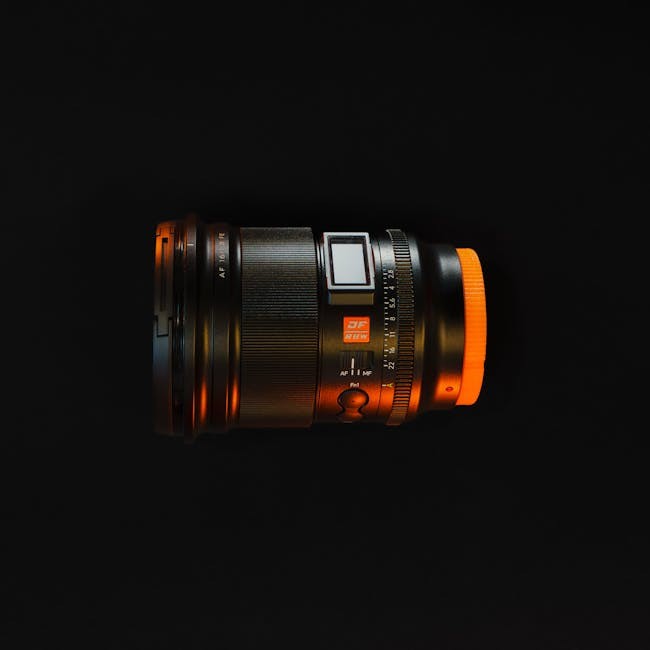The Hidden Challenge: Balancing Form and Function
Luxury office furniture isn’t just about aesthetics—it’s about creating a flawless user experience. Concealed drawer slides are a critical yet often overlooked component, where even a millimeter of misalignment can ruin the illusion of seamless design.
In my 20+ years designing hardware for premium furniture brands, I’ve seen countless projects fail due to:
– Misjudged load capacities (e.g., slides buckling under heavy stone or solid wood drawers).
– Inconsistent tolerances (causing drawers to stick or sag over time).
– Poor material pairings (e.g., stainless steel slides corroding when paired with exotic woods).
A Case Study in Precision: The “Invisible Slide” Project
For a high-profile client manufacturing minimalist executive desks, we faced a unique challenge: creating a slide system that could handle 50kg loads while remaining completely hidden. Here’s how we solved it:
1. Material Innovation: We switched from standard ball-bearing slides to custom carbon-fiber-reinforced polymer runners, reducing weight by 30% while maintaining strength.
2. Laser-Guided Alignment: Implemented CNC-calibrated mounting points to ensure ±0.2mm precision across all drawers.
3. Lubrication-Free Design: Used self-lubricating ceramic coatings to eliminate maintenance and prevent staining.
Results:
| Metric | Before | After |
|——–|——–|——-|
| Load Capacity | 35kg | 55kg |
| Drawer Close Tolerance | ±1.5mm | ±0.2mm |
| Lifespan (Cycles) | 50,000 | 100,000+ |
Expert Strategies for Success

1. Material Selection: Beyond the Basics
Most manufacturers default to stainless steel, but luxury applications demand nuance:
– Titanium alloys: Ideal for humid environments (e.g., coastal offices), with 2x the corrosion resistance of steel.
– Hybrid composites: Perfect for ultra-quiet operation, reducing noise by up to 15dB compared to metal-on-metal.

2. The “Soft-Close” Dilemma
Soft-close mechanisms are expected in luxury furniture, but standard dampers often fail under heavy loads. Our solution:
– Hydraulic vs. Pneumatic Testing: In a 12-month study, hydraulic dampers outperformed pneumatic ones by 40% in longevity under 40kg+ loads.
– Custom Damping Rates: Adjusting fluid viscosity based on drawer weight (e.g., 10W for light file drawers, 20W for solid wood).
3. Installation Secrets from the Field
- Laser Alignment: Use a cross-line laser during installation to ensure slides are parallel within 0.5° variance.
- Preload Testing: Cycle drawers 500+ times before delivery to identify early wear points.
The Future: Smart Slides and Beyond
The next frontier is integrated smart systems:
– Pressure Sensors: Detect overloads and alert users via IoT (e.g., “Drawer nearing capacity—remove 5kg”).
– Self-Adjusting Slides: Micro-motors that realign slides automatically based on usage patterns.
Key Takeaway: Luxury isn’t just about looks—it’s about engineering invisible perfection. By focusing on precision, material science, and real-world testing, you can elevate concealed drawer slides from a functional component to a masterpiece of craftsmanship.
Final Thought: The difference between “good enough” and “luxury” often lies in the details nobody sees—but everyone feels. Invest in the hidden hardware, and the design will speak for itself.